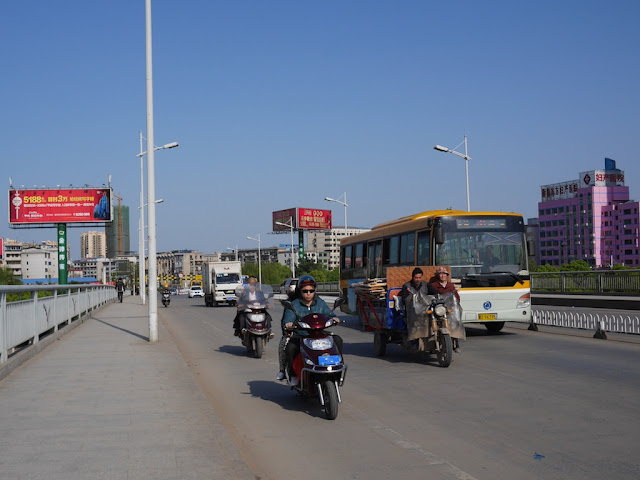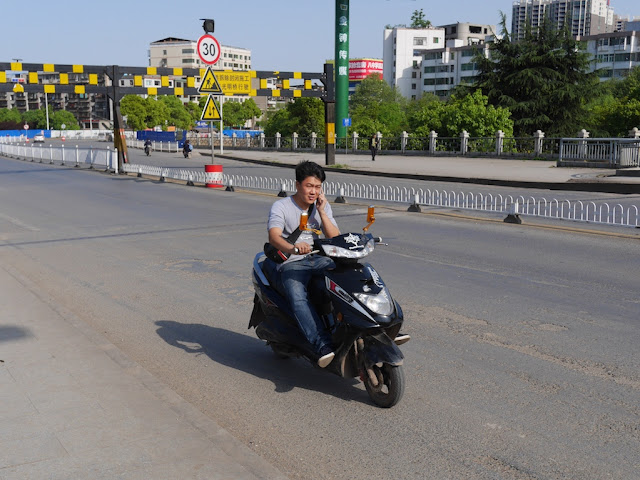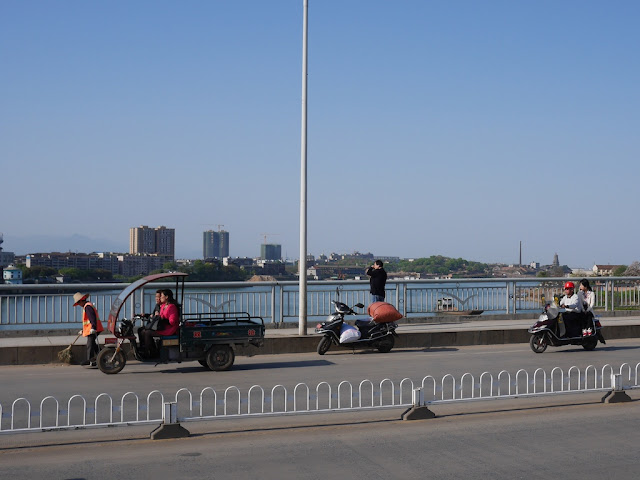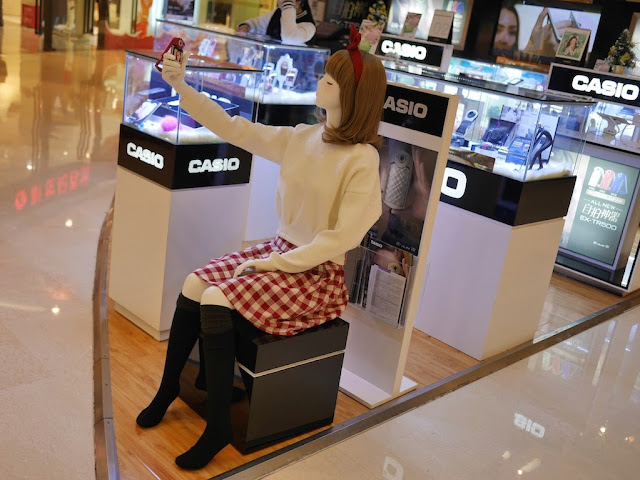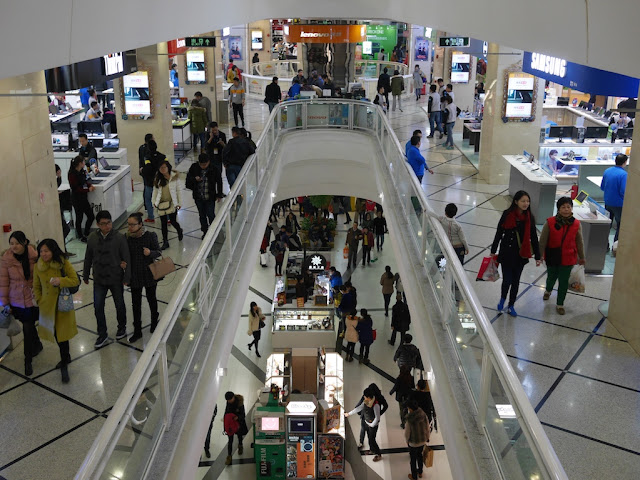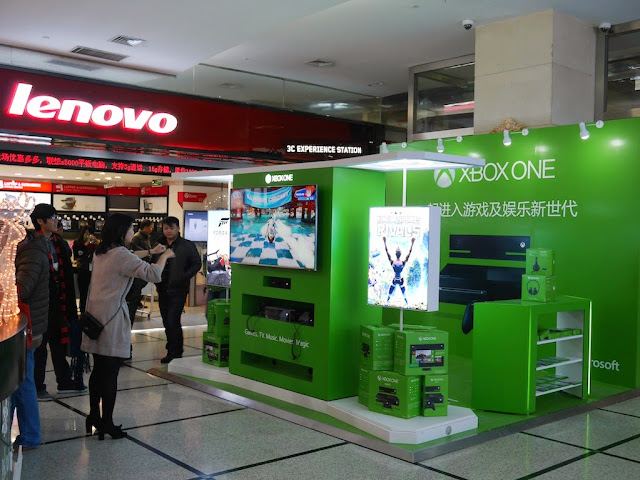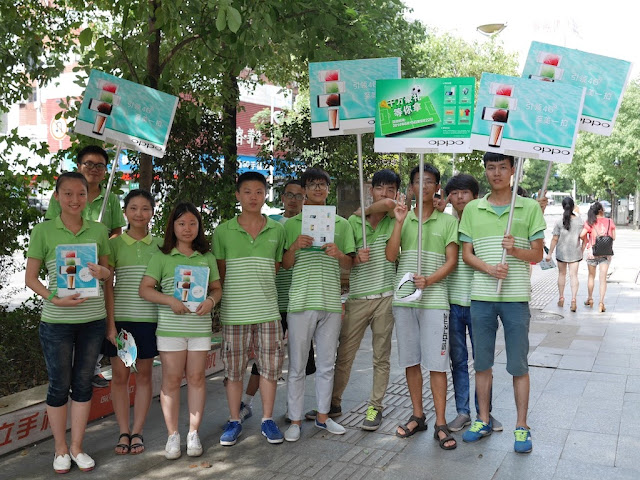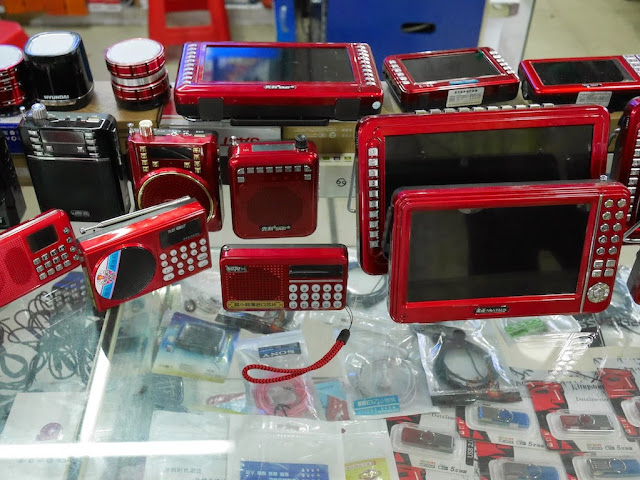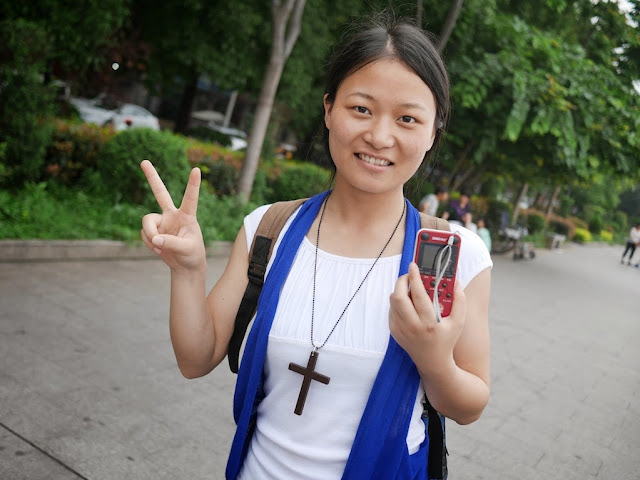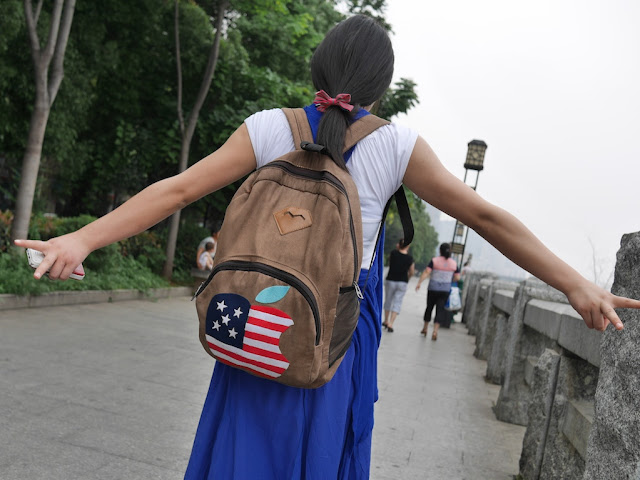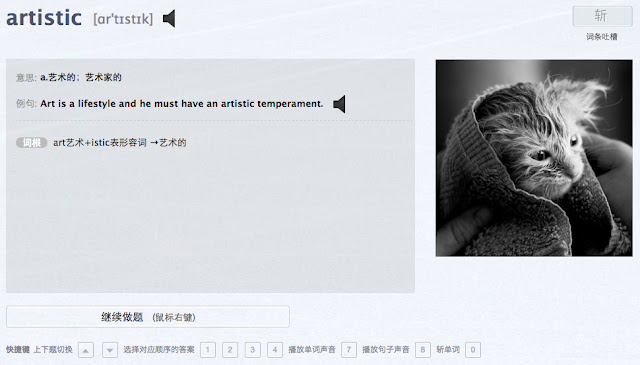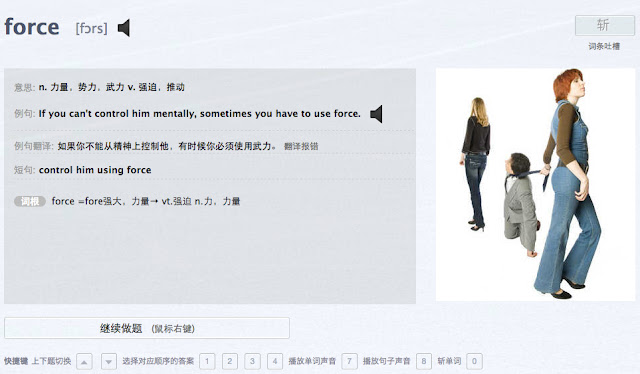One day as I was walking by the above sports field at the University of South China in Hengyang, Hunan, I heard a student practicing English. While wearing earphones and looking at the screen of her Xiaomi mobile phone, she would say a word and after a brief pause say a sentence which included the word.
As part of her preparations for an important English test, she was using an English-learning app a friend of hers had recommended months ago. The Chinese name for the app is "百词斩". I am not aware of an English name, so I will use its romanized spelling in pinyin: "Baicizhan". Browser-based and paper-based versions are available at the
Baicizhan website. It is also available on both
iTunes and
Google Play. Although Baicizhan provides a link to iTunes, for the Android version Baicizhan now offers a direct download, not surprising since
Google is heavily blocked in China.
After looking at the online version, I would say it certainly has room for improvement. I am not familiar with language-learning theory, so I will refrain from conducting a full review of Baicizhan. However, I won't refrain from sharing a bit about how it works and some striking examples.
A section usually begins with multiple choice questions:
One voice says the word and another says the sentence. After choosing the photo one thinks best matches the sentence, the answer is provided along with the word's definition:
The above example is from a section Bacizhan says is using a nonstandard vocabulary list. Based on the section's name and other examples, it appears to deliberately use strange or funny examples to help people remember the words. Even so, it seems peculiar to say the photo of the kitten is a good answer for the above question.
Here are two other examples of Baicizhan's wit in the same section:
Many of the English words in the section were rather familiar to me, but I did learn (or perhaps relearned) something:
Photo 2 is the correct answer. I now know that "holothurian" is another name for a sea cucumber and that the word can be used as an adjective. I dissected a sea cucumber in a high school marine biology class and ate my first sea cucumber–they are a Chinese delicacy–in Jinan, Shandong. Some
sea cucumbers are especially remarkable in their ability to "confuse or harm predators is [sic] by propelling their own toxic internal organs from their anus in the direction of attack". But I don't think that is the reason Bacizhan described the cat as holothurian. Instead, it is presumably referencing the cat's shape. I can't find a single instance of a cat being described as holothurian anywhere else. Regardless, Bacizhan delivered. I now know the word and await an opportunity to use it.
Overall, the words, questions, and images I saw in other sections, some of which include vocabulary to prepare for American or Chinese college entrance exams, were more mundane, though some still gave me pause.
And none of what I saw online captured the American spirit like what caused me to stop as I was walking by the student in Hengyang. I heard her say, "Facsimile. This is a facsimile of the original U.S. Constitution; of course it's not real." When she said the sentence, her phone wasn't displaying a
Starbucks cup or an
insect like I had seen on other students' mobile phones. Instead, along with the sentence and definition for "facsimile", it displayed an image of the U.S. Constitution, the U.S. flag, and a military dog tag.
It appears to be a cropped version of a
stock photo by Sergey Kamshylin.
The title of the photo: "Freedom is not free".
Well, at least Baicizhan is free.



















